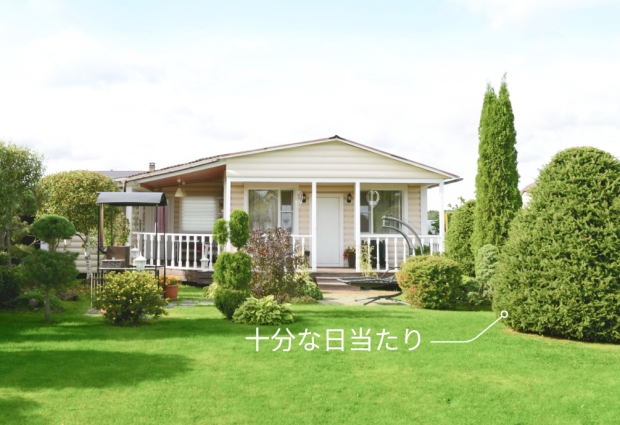_COMMON_NAME_は部分日照のある場所で育てるのが最も適しています。十分な日光を与えればより健康で生き生きとしますが、日当たりが強すぎると日焼けの原因になります。 部分日照とは、1日に3〜6時間の直射日光が当たることを指し、例えば西や東向きの窓際、または建物や柵の周囲などの場所が適しているでしょう。
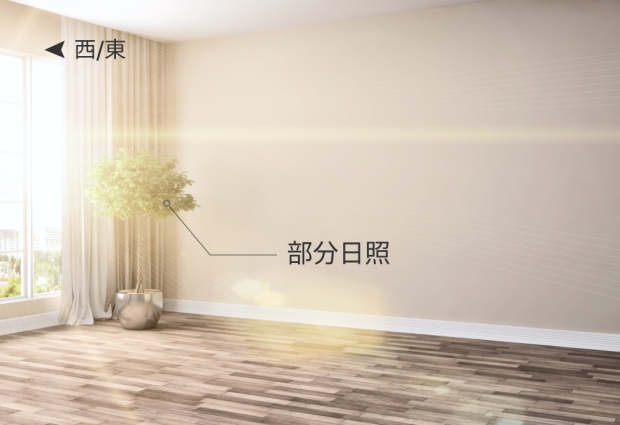
_COMMON_NAME_ is most suitable for growing in the Indirect sunlight position, it needs bright light but needs to avoid exposure to direct sunlight, otherwise it may cause burns. Indirect sunlight refers to the place where there is no direct sunlight but bright all day. It is generally the position indoors away from the window, or the position in the yard under the big tree where the sunlight is blocked all day.
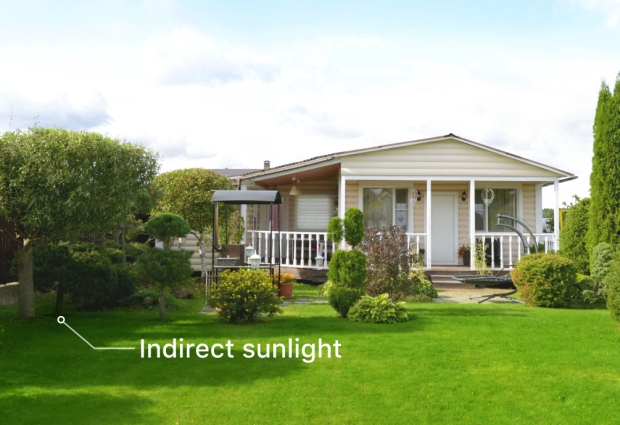
_COMMON_NAME_ is most suitable for growing in the Indirect sunlight position, it needs bright light but needs to avoid exposure to direct sunlight, otherwise it may cause burns. Indirect sunlight refers to the place where there is no direct sunlight but bright all day. It is generally the position indoors away from the window, or the position in the yard under the big tree where the sunlight is blocked all day.
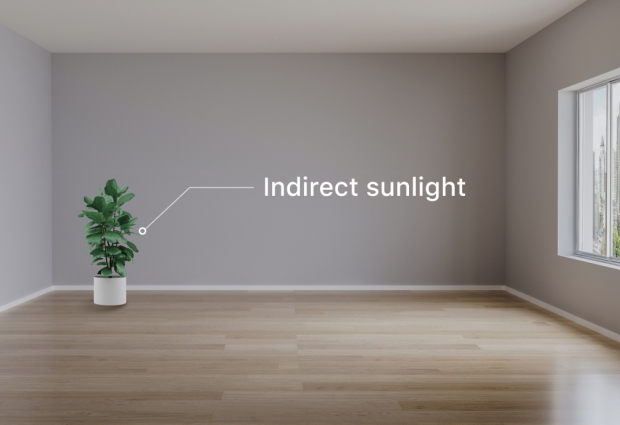
_COMMON_NAME_ is most suitable for growing in the full shade position. It needs only a short period of sunshine to grow healthily, too much sunshine may cause burns. Full shade refers to the direct sunlight less than 3 hours per day, usually by a north-facing window (northern hemisphere), or the position in the yard under a tree where the sunlight is not blocked all day.
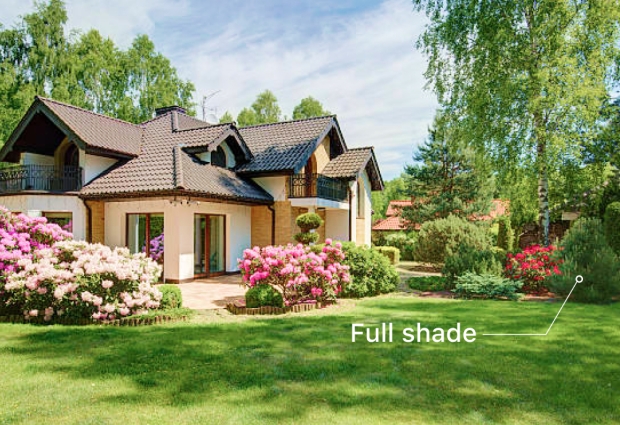
_COMMON_NAME_ is most suitable for growing in the full shade position. It needs only a short period of sunshine to grow healthily, too much sunshine may cause burns. Full shade refers to the direct sunlight less than 3 hours per day, usually by a north-facing window (northern hemisphere), or the position in the yard under a tree where the sunlight is not blocked all day.
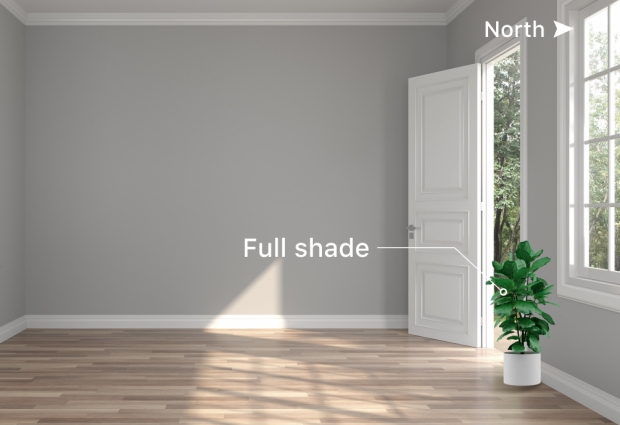
_COMMON_NAME_ is most suitable for growing in the partial sun position. Enough sunlight can make it more healthy and vivid, but too much may cause burns. Partial sun refers to 3-6 hours of direct sunlight per day, usually by the window facing west or east, or around the building / fence.
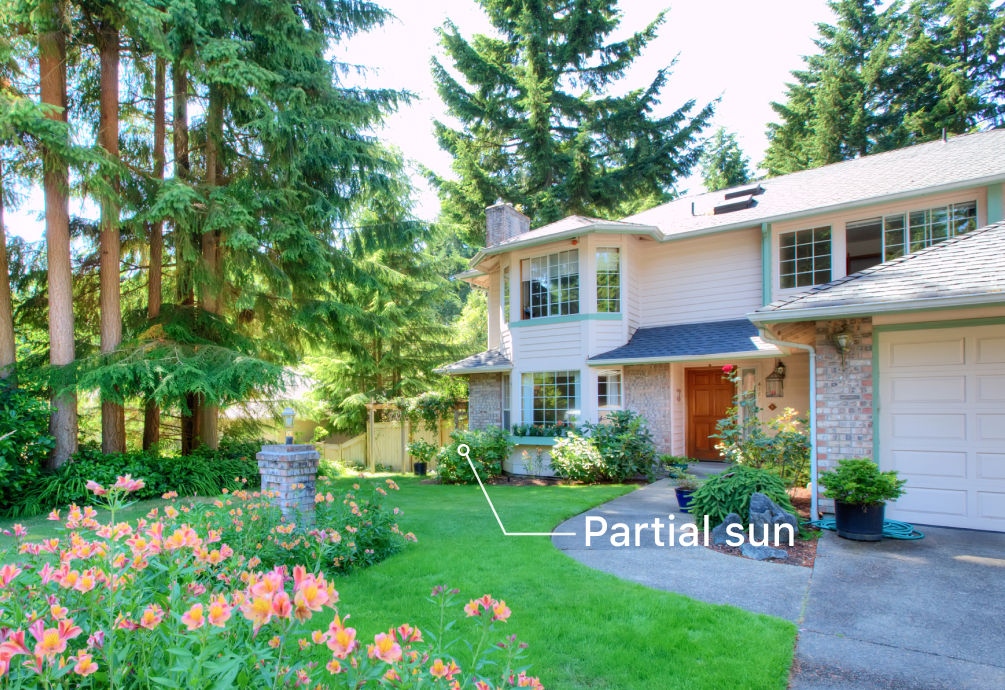
_COMMON_NAME_ is most suitable for growing in the partial sun position. Enough sunlight can make it more healthy and vivid, but too much may cause burns. Partial sun refers to 3-6 hours of direct sunlight per day, usually by the window facing west or east, or around the building / fence.
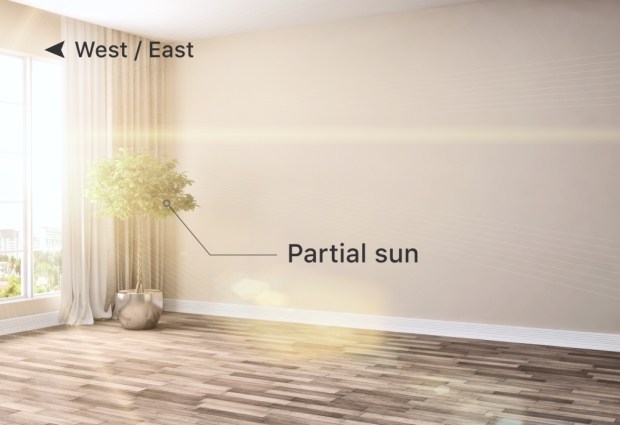
_COMMON_NAME_ is most suitable for growing in the full sun position, enough sunlight can make it more healthy and vivid. Full sun refers to more than 6 hours of direct sunlight per day, usually by a south-facing (northern hemisphere) window or a place in the yard that is exposed to direct sunlight throughout the day.
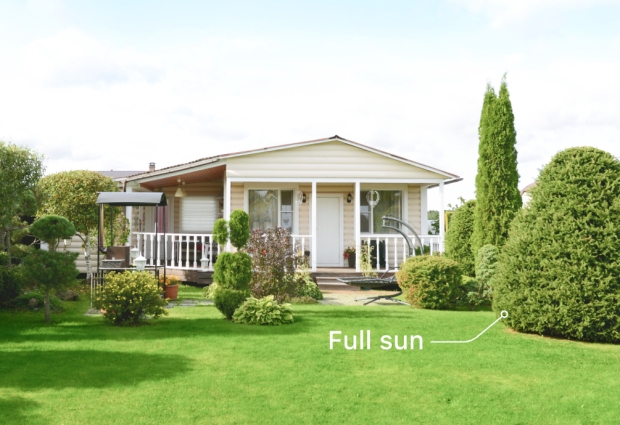
_COMMON_NAME_ is most suitable for growing in the full sun position, enough sunlight can make it more healthy and vivid. Full sun refers to more than 6 hours of direct sunlight per day, usually by a south-facing (northern hemisphere) window or a place in the yard that is exposed to direct sunlight throughout the day.
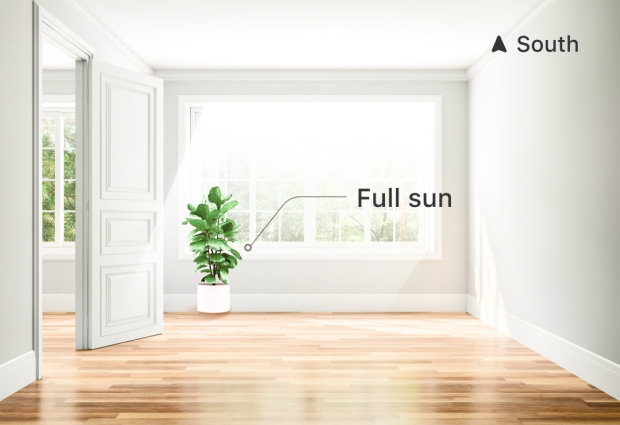
_COMMON_NAME_は日当たりのよい場所で育てるのが最も適しており、十分な日光が当たることでより健康で生き生きとするでしょう。 十分な日当たりとは、1日に6時間以上の直射日光が当たることを指します。例えば、南向きの窓辺(北半球の場合)や庭の中の、一日中直射日光が当たる場所が適しています。
